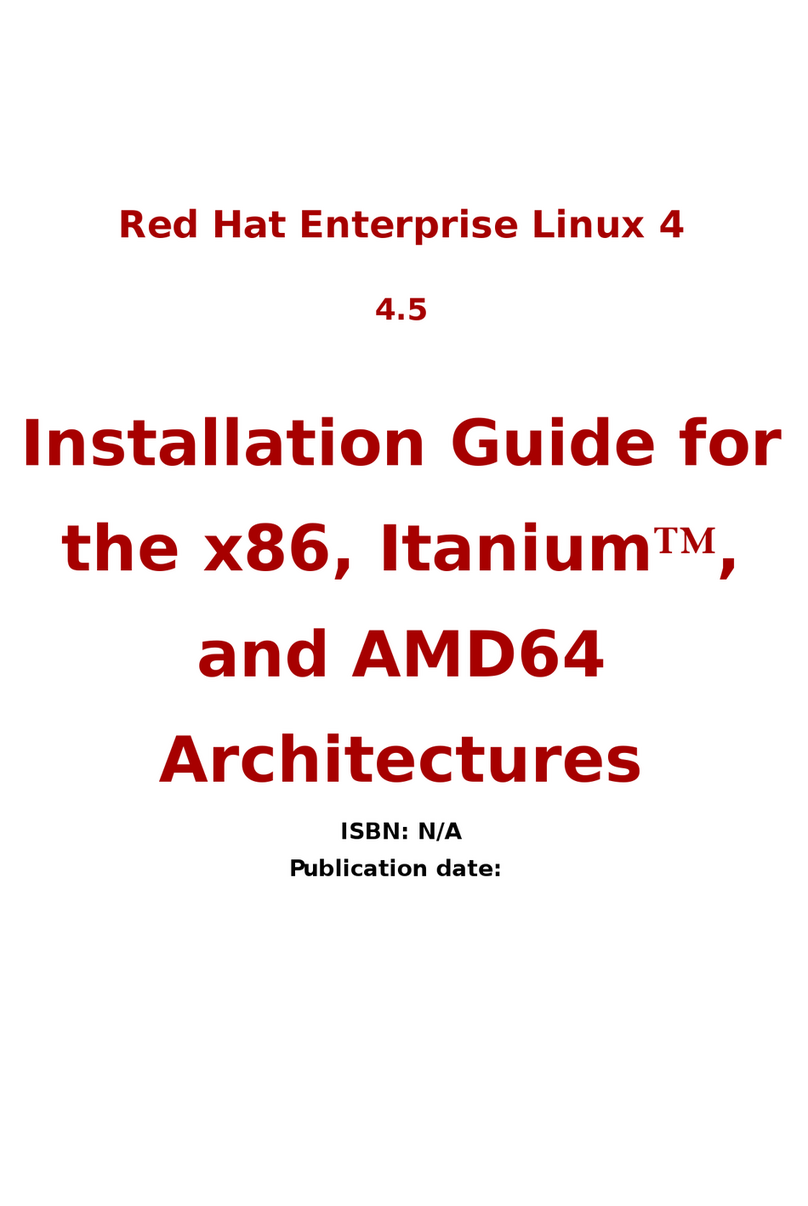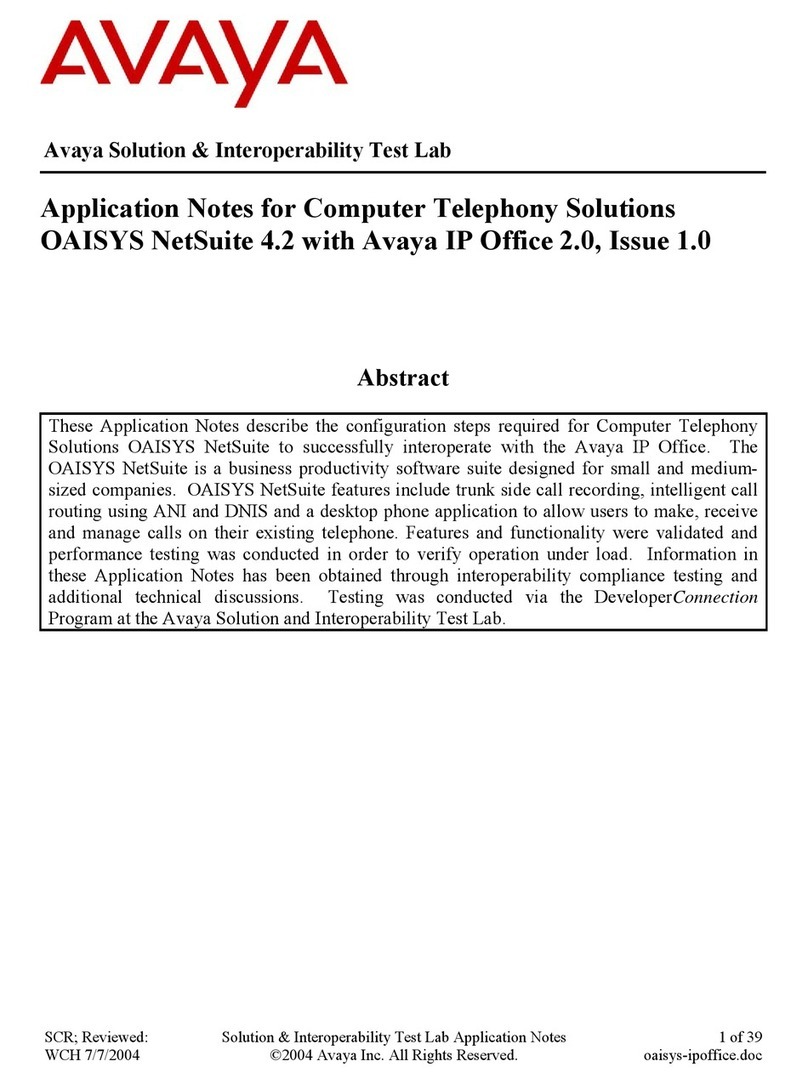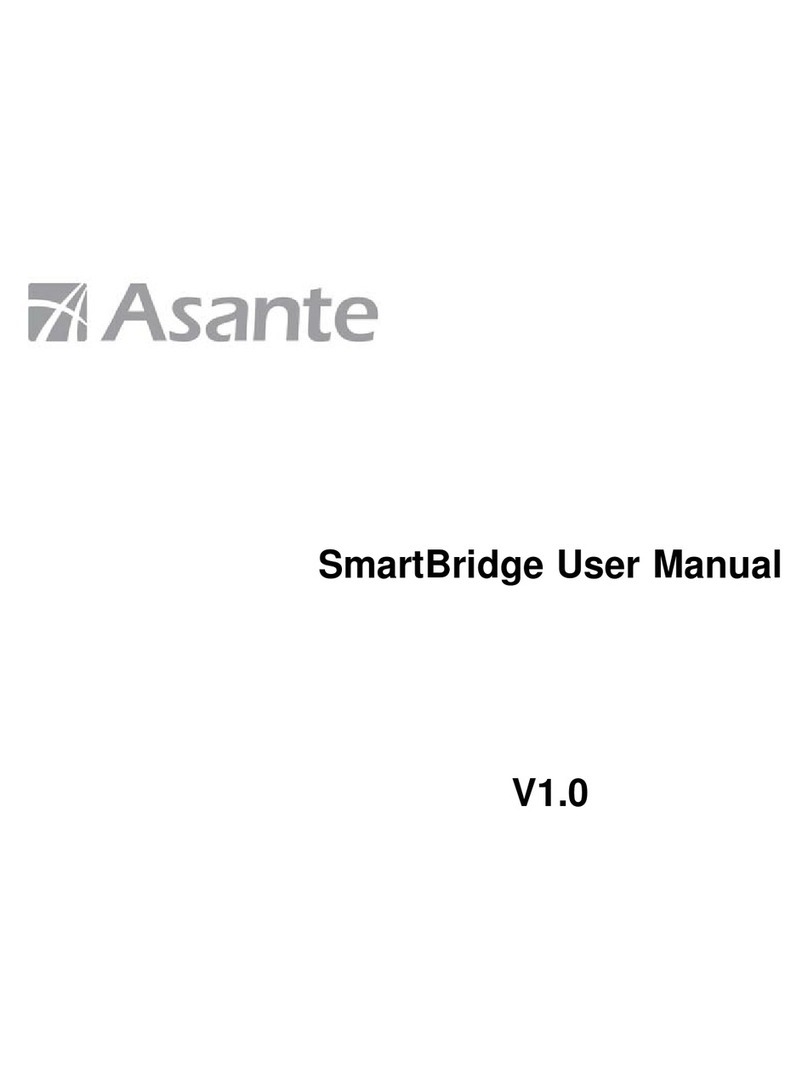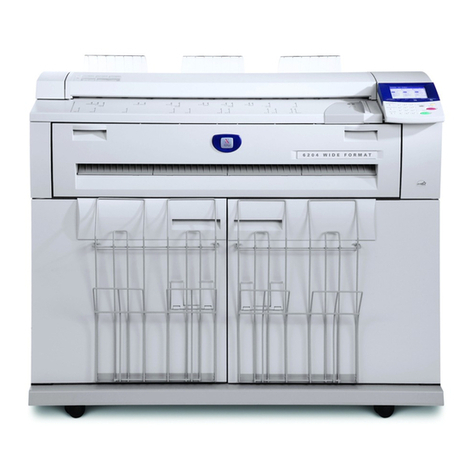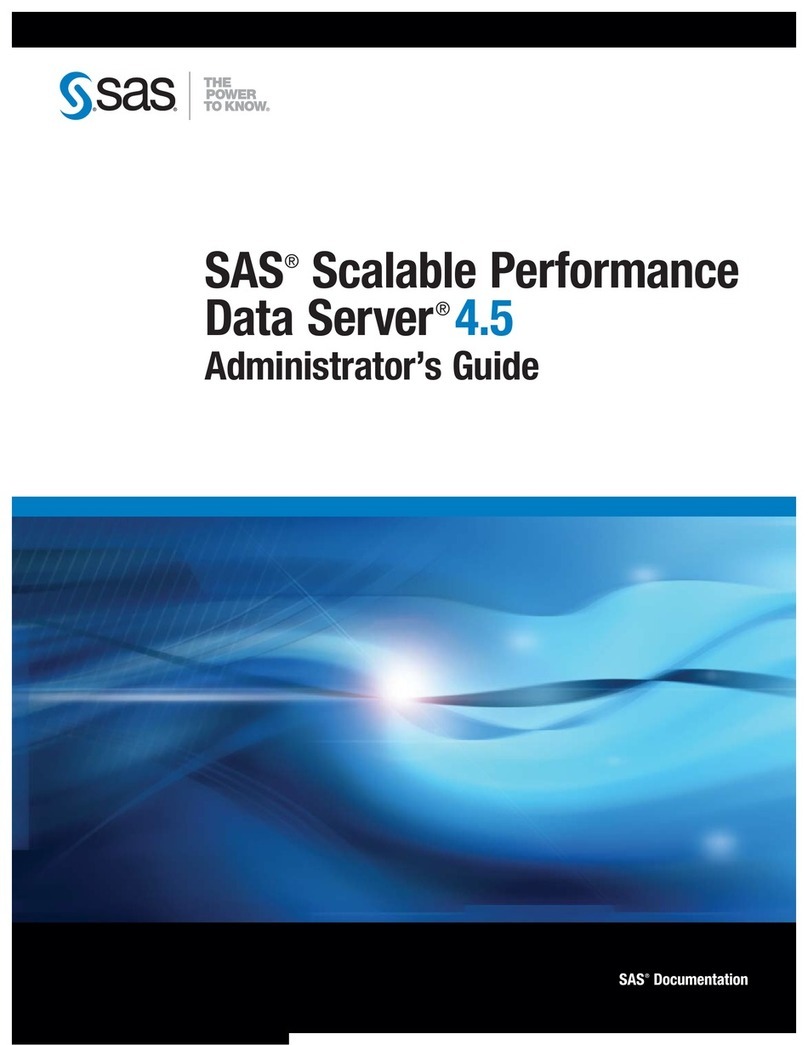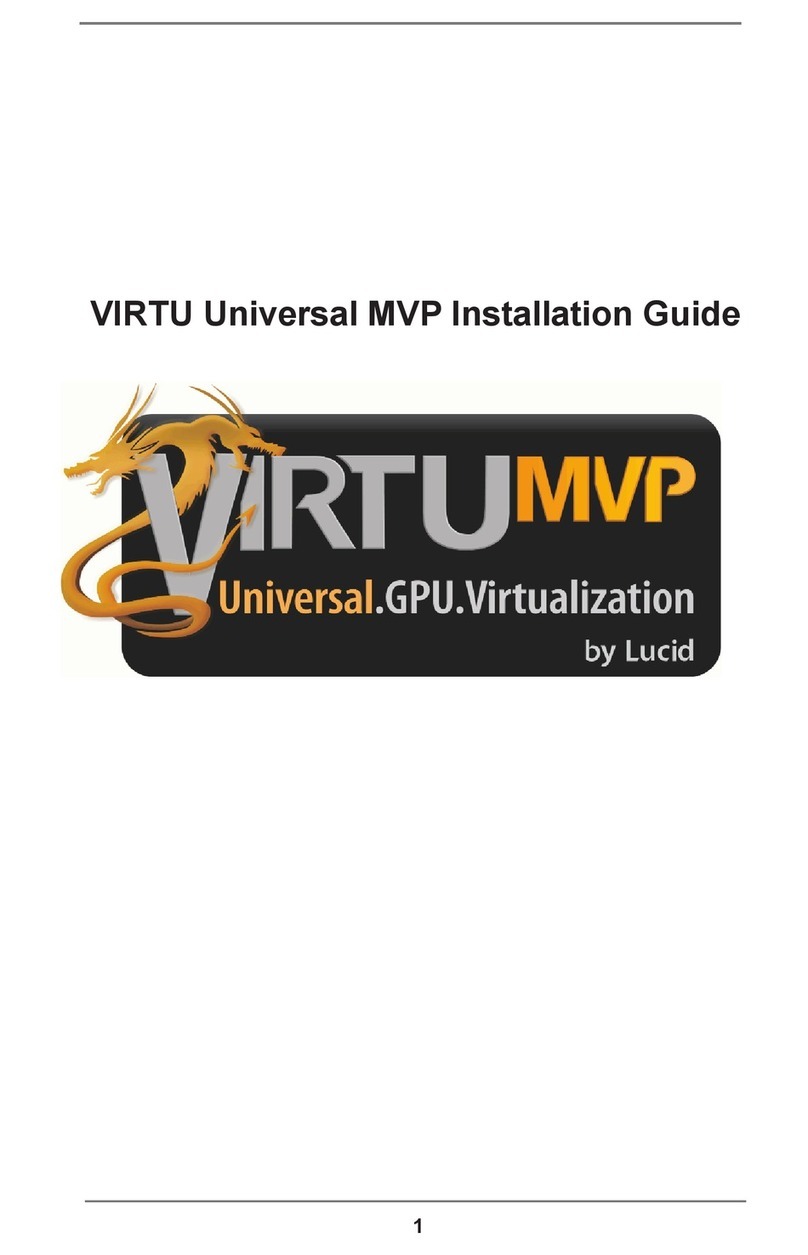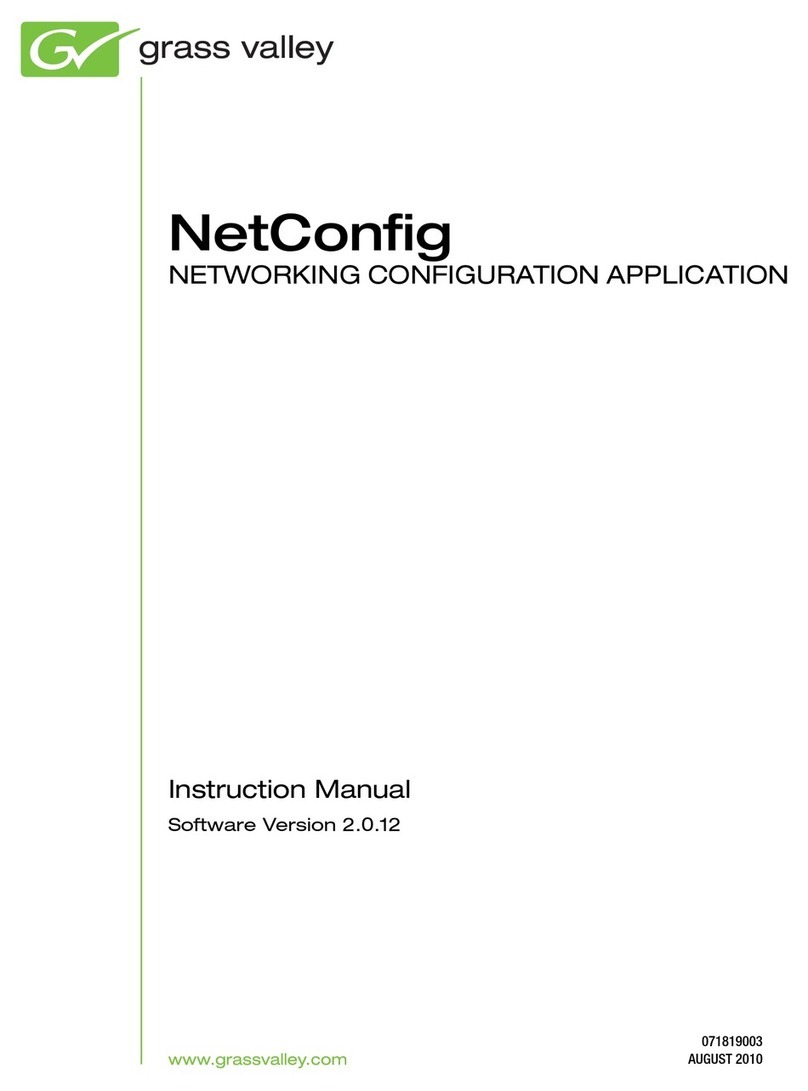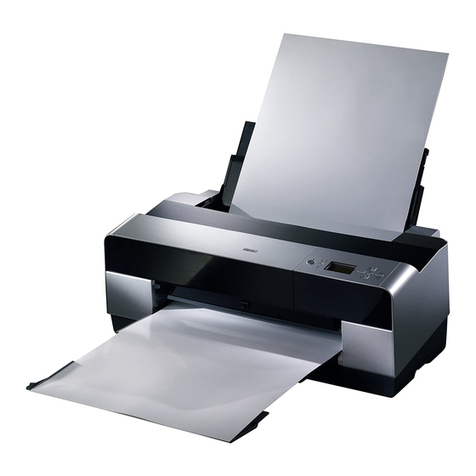3.4 Setting and using the Alarm (only when Mains Powered)
■Switch on the DMP.
■The time must be set before an alarm can be set, see 3.2 Setting the Time
■Press and hold the Mode Select button until SETUP MENU is shown on the displa .
■Scroll through the Setup menu b pressing the Mode Select button until the displa shows ALARM MODE
BUZZER (or ALARM MODE FM RADIO)
■Press the Tune down or Tune up buttons to select either Buzzer or FM Radio.
■Press the Mode Select button 3 times until the displa shows SAVE SETTINGS & EXIT
■Press the Tune up or down buttons to save the changes.
PLEASE NOTE:
If ou have selected the FM radio as our alarm mode the alarm will alwa s wake ou up to the FM radio station
stored as preset 1.
■Switch off the DMP b pressing and holding the Power button until the displa shows GOOD BYE.
■Press and hold the Mode Select button until the displa shows ALARM NOT SET. If ou have not set the time
the displa will show CLOCK NOT SET, see 3.2 Setting the Time.
■Press and hold the Mode Select button again until the displa shows SET ALARM 00:00
■Use the Tune down button to select the hour and the Tune up button to select the minutes.
■When ou have set the time for our alarm call press the Mute button.
■A small bell will appear on the displa to show the alarm has been set.
■Pressing the Mode Select button once will show ALARM SET in the displa with the time ou have selected.
■Press the Mode Select button again the displa will show the current time with a small bell.
3.4.1 Switching the Alarm o
■When the alarm goes off press the Mute button to switch off
3.4.2 Switching the Alarm to Snooze
■When the alarm goes off press the Mode Select button to switch to snooze, the displa will show scrolling Zz.
■The alarm will go off ever 9 minutes while in snooze mode.
■Press the Mute button to switch the snooze off.
3.5 Changing the Radio Link Channel on the DMP
It is recommended that ou leave the default Channel number in our DMP unless ou have more than one
DMP and PC combination working within close proximit .
The five channels allow ou to use multiple PC/DMP combinations b selecting different channels for
each set-up.
■Switch on the DMP.
■Press and hold the Mode Select button until SETUP MENU is displa ed.
■Press the Mode Select button and RADIO LINK CHANNEL n is shown on the displa (where n is the current
setting 1 – 5, the default is 3).
■Use the Tune down button to move down the channel numbers and the Tune up button to move up the
channel numbers.
